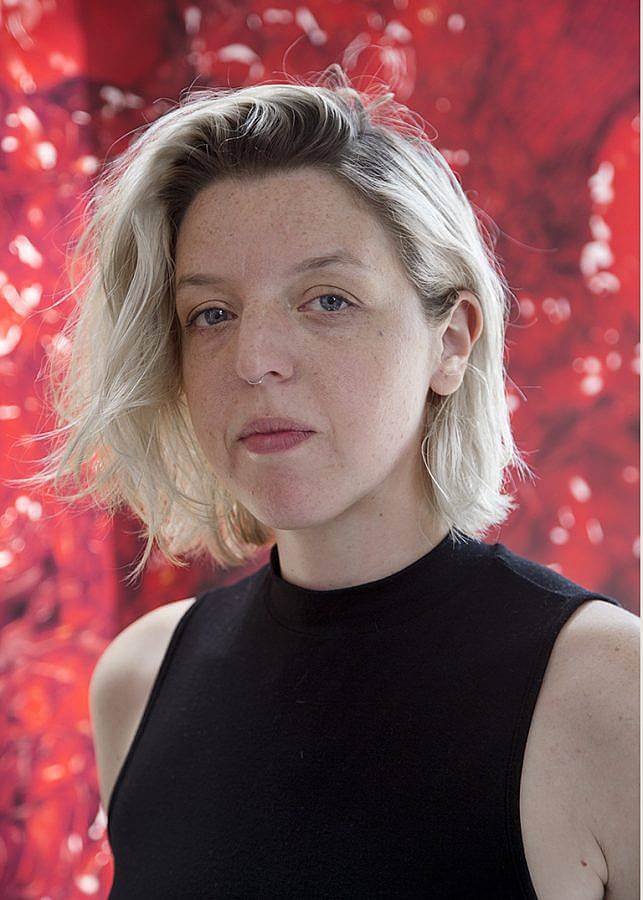Tell us a bit about yourself and what you do.
Hi! I’m Clare Gatto. I’m from Columbus, Ohio, and have lived in Detroit, Michigan for a little over five years. I am a teacher at Wayne State University and College for Creative Studies – I teach photography and introduction to time-based art. I work as a freelance photographer documenting for other artists and galleries. I am the Founder of MINT Collective (collective working is a really important part of my practice). I’m a member of BULK Space, which is a collective whose mission is to uplift the voices and crafts of marginalized artists. I am queer, nonbinary, and I love science fiction. I was raised watching Star Trek Next Gen every night before bed and even thought the cast was my extended family.
In terms of my personal art practice, I work in video, 3D scanning, and sculpture to reference fictitious organs, body parts, and interstitium (a network of fluid-filled spaces flowing in-between throughout our entire bodies). My most recent body of work explores blob forms as alternative organisms. The characters are most closely related to sea creatures, such as the newly discovered sea walnut – a jellyfish-like creature with a transient anus, the moray eel, and the magnapinna squid. I feel like sea life provides the material I need to explore my own little niche of cryptozoology.
How did you get started as an artist and 3D designer?
While I was attending graduate school at Cranbrook Academy of Art, I started 3D scanning. Emma Levesque-Schaefer is an amazing artist from Columbus, OH. We met as members of MINT Collective and worked together on Refigural, an online publication. She is the person that really got me into working digitally, and taught me how to 3D scan using photogrammetry. It became a really good entry point as I became more interested in talking about speculative worlds and organisms.
Attending Cranbrook Academy of Art was pretty formative for me as well. Cranbrook has a really interesting setup–there aren’t classes per se. It’s an educational model focused on studio time, research, group critiques, and readings. I studied under Liz Cohen, and at the time, field trips were a really important part of our curriculum. Each of us was responsible for taking our peers somewhere that pertained to our individual research. It was a way of sharing our physical research with our classmates.
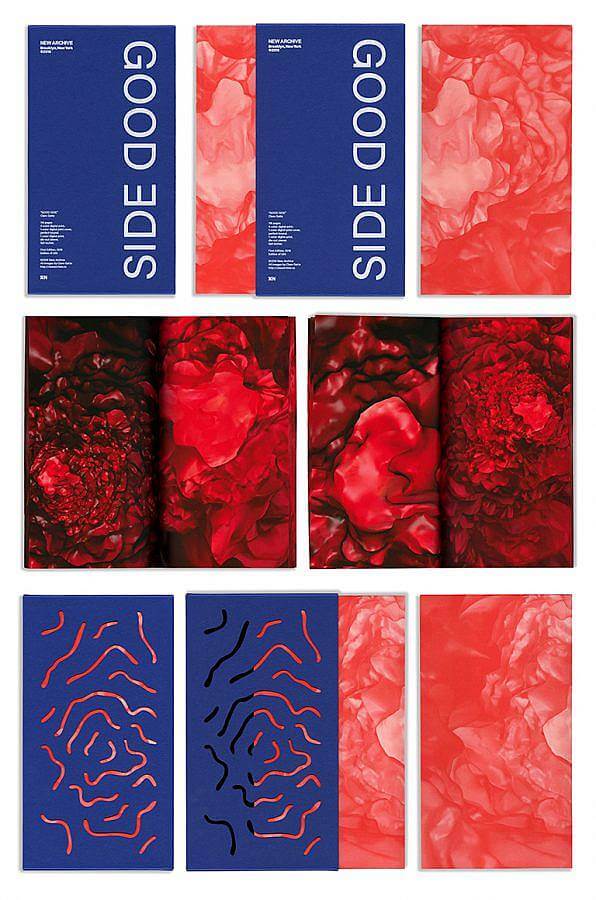
Can you tell us a bit about your book “Good Side,” that you released with New Archive?
“Good Side” was a really important move for me and my practice. “Good Side” stemmed from a series of videos I created in grad school. For my thesis, I experimented with flipbooks as a way to make digital video physical. Then, Chris Cox, who runs New Archive, reached out to me about revisiting thesis work and making it into a more finished product. It was an incredible experience to work with New Archive, a team of artists and designers who really care about book arts and care about the artist that they work with.
The book consists of two videos, animated by the flipping of the book forward or backward. In one video, you’re traveling forward into a tube. In the other, you’re traveling backward out of the tube. The flipbook became a really interesting way to give the viewer an intimate experience with the video. It’s a nod to earlier animation techniques and offers a different sort of bodily interaction with my work.
Can you talk about the process you go through to imagine and construct corporeal forms with 3D software?
My making process follows a pattern of research, sculpting, scanning, and finally modeling. As I was making the work titled “untitled, a study of the interstitial,” I read an article about a discovery of a new bodily organ, the interstitium. Scientists said that this newly found organ was previously thought to be a wall, but in fact, was a network of fluid-filled space. While reading and researching, I start to plan sculptures and 3D scans. My sculptures are made specifically to be scanned and translated into digital works. I work with photogrammetry software that takes images and creates a 3D model. This process may look like recreating tissue samples or otherworldly landscapes.
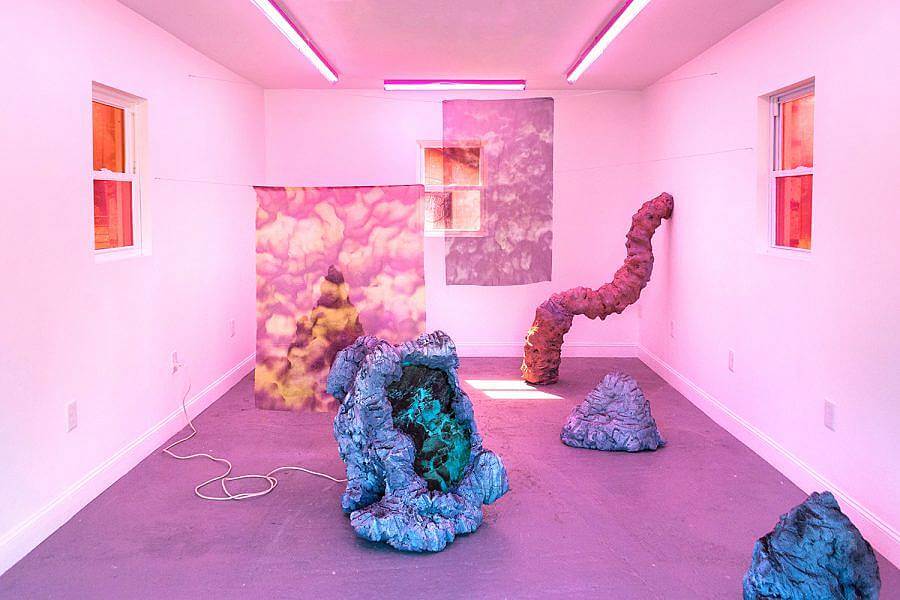
What advantages does working 3d virtual space allow you as an artist?
There are huge advantages to working in virtual space. It’s not bound by the physical, so there are almost endless opportunities for creating and recreating. I remediate images so that one piece will lead to another. It allows me to play my own rules and create new organs, organisms, and explore my own theories of cryptozoology while remaining in contact with the “real.” I am a bit of a nerd, and there is always something new to explore or learn in digital space, and I am really excited by all of the possibilities.
Can you talk a bit about your work included in the exhibition The Approach for ACRE Projects?
“Ootheca” is a series of ceramic sculptures hung behind and 50 x 80” digital print on chiffon. “Ootheca” couples the technologies of ceramic vessels and virtual simulation to create abstract, fictitious organs and bodyscape. The piece explores these amorphous forms as alternative organisms and is shown in the images provided. “Ootheca” makes apparent the fragile quality of seemingly solid structures.
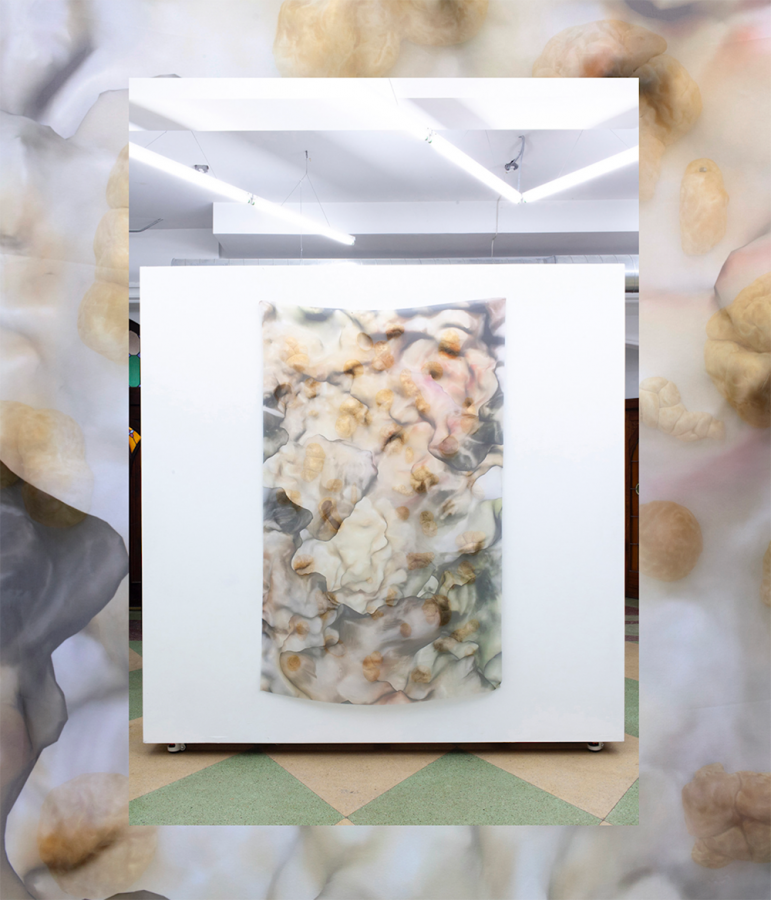
Your material sensibility is emotive and visceral. What draws you to the colors and textures you use?
Thank you, that’s a huge compliment. When I started working in monochromatic schemes, I started with red. I have a sensory disorder, and red, for lack of a better way to explain it, causes my brain to glitch. I have really strong responses to it. I wanted to make work that explored the interstitial, or space in between, and making 3D scans of red sculptures was my first exploration of this.
The renders allow for a sort of sticky, sweet or bloody, gooey image, that is both seductive and repulsive. I use the rendering process to create images that function as both topographic and cellular images and something in between. The red heightens that emotive and visceral response that I’m always working toward. I also work in a sort of mucosa color palette and a sickly green/pink color palette that can signify the internal workings of an organ, functioning as both off-putting or soft and welcoming.
Are there any artists you’re influenced or inspired by?
Yes! Right off the bat, I would say the collaboration between Marie Munk and Stine Deja, not only for the work they are making but the way they work together. Others would be Sondra Perry, Jacolby Satterwhite, John Vulich (the special effects artist on the show Buffy), Hito Steyerl, EPOCH Gallery, Legacy Russell, just to name a few. I’m also extremely influenced by the artists around me: Jova Lynne, Meg Kelly, Kara Gut, Emma Levesque-Schaefer, and other folks that I’m working with on a day-to-day basis. I am really lucky to be surrounded by some amazing thinkers and artists.
There are two major upcoming projects I’m excited about: BULK Space just launched the open call for a new residency for Detroit-based artists. It will be starting mid-May. Secondly, artist Kara Gut and I are continuing to work together on projects. Our next project is an installation called “Dungeon Crawl.” Our collaboration centers around the creation of hybrid digital/physical worlds using quasi-sculptural forms and rendered imagery. Existing within this precarious duality, the works emerge as copies of copies, or artifacts extruded through digital space and back again.
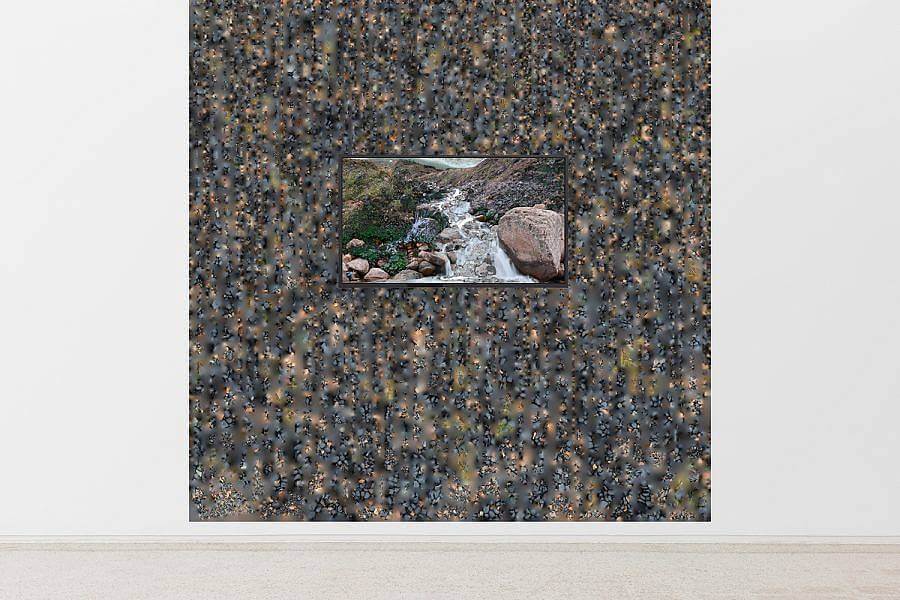
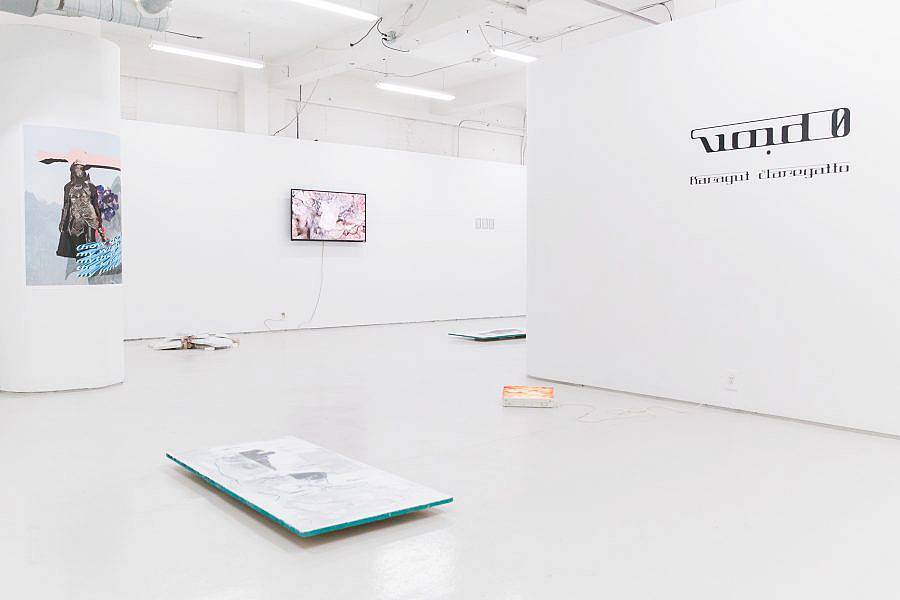
How does your work as an art professional intersect with your artistic practice?
Being an educator, Operations Manager of a new artist-run space and freelance photographer all play a huge role in my practice. As a freelance photographer, I have the opportunity to help other artists translate their work into images. In all of the different ways I’m involved with artists, it is really important that the folks I work with feel seen and heard. I think about all of this work as my practice.
Any upcoming Projects?
There are two major upcoming projects I’m excited about: BULK Space just launched the open call for a new residency for Detroit-based artists. It will be starting mid-May. Secondly, artist Kara Gut and I are continuing to work together on projects. Our next project is an installation called “Dungeon Crawl.” Our collaboration centers around the creation of hybrid digital/physical worlds using quasi-sculptural forms and rendered imagery. Existing within this precarious duality, the works emerge as copies of copies, or artifacts extruded through digital space and back again.
What does your studio space look like?
Right now my studio space is absolutely chaotic! I just finished uninstalling a show with Kara called Spawning Point, a hybrid digital and physical installation. The process of making that show included a lot of material tests and sculptural experimentation in service of 3D scanning, and much of that experimentation is now floating around my studio. I have a second studio space in my house solely for digital work, just to desk and the computer I built with Emma in 2016. I’m grateful to have two separate spaces, one for physical construction and one for the digital aspect of the work.
What are you reading/watching right now?
Glitch Feminism by Legacy Russell, The Fifth Season by NK Jemisin, and Teaching to Transgress by bell hooks. I’m also re-watching X-Files and researching the practical effects that were used. One of the most exciting things I’ve seen recently was Perseverance landing on Mars. As we speak, another mars rover, InSight, is entering hibernation and could die. I am also very excited about another recent scientific discovery of the intact cloacal vent of a dinosaur. The article is titled, “1st preserved dinosaur butthole is ‘perfect’ and ‘unique,’ paleontologist says.” “This was a multipurpose hole.”
Can you talk about your “Void 0” Video work?
This video was made for a show of the same name in collaboration with Kara Gut in 2017. For the show, we used a collage of video game imagery and 3D scans to create images of ‘slippery definition’. The show plays with various versions of input and output to reveal biology through synthetics and mythology through game design. The video itself uses abstraction and camp as a vehicle to examine queerness, failure, and the possibilities of my body. It is a glimpse of my body as a primordial soup; a place for my speculative bodies to be created, replicated and fragmented. It is a world virtually drenched in artifice and disruption of the uncanny through the glitching of scans. The internal becomes indistinguishable from external as a reflection of the confusion I face with my own body.
“Void 0” was the second collaboration between Kara and me. We met in the photography department at Ohio State University, and have been collaborating for ten years now. Honestly, our collaborations have been a major inspiration to my practice in its entirety, not just in the work I’ve made. Here’s a link to her website.
Interview composed by Joan Carol ( Amanda Roach). Edited by Joan Carol & Maddy Olson.
